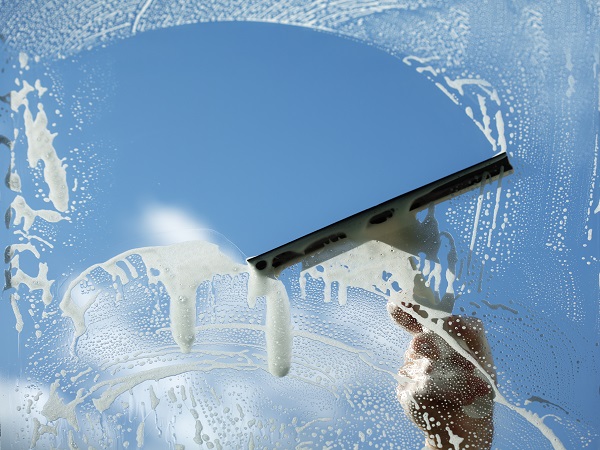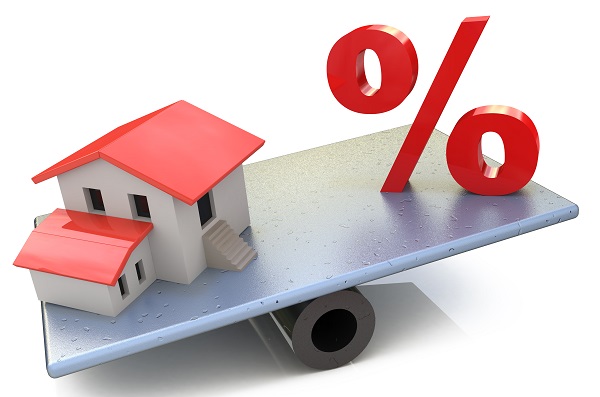
What don’t you know about window cleaning?
I daresay there would be few, if any, of us who relish the thought of cleaning windows in our homes. Spare a thought then for situations in community titles schemes in which there is a multi-storey building where the windows need cleaning and on a regular basis.
Not only does this scenario post some logistical issues – for example, how cleaners are going to be safely manoeuvred up and down the building – there is also the question of where responsibility for window cleaning might lie.
See the full version of this article in the latest issue of Resort News.
My office’s information service receives this type of enquiry on a regular basis and so this column will try to give some general information about what may and may not apply to window cleaning.
I would say at the outset that it is sometimes difficult to give a definitive answer as circumstances can differ greatly and so if there is any ambiguity or dispute about where responsibility lies, it may be appropriate to seek appropriate legal advice.
Such legal advice might also be useful in determining what precautions are required to ensure safety in window cleaning. For example, what responsibility or liability – if any – a body corporate or lot owner may have in a multi-storey building towards the window cleaners, including what workplace health and safety standards might apply. These are not matters on which my office can provide information.
As a general rule, the building format plan (BFP) is a form of subdivision that usually applies to multi-story unit complexes, and in some cases, other developments like townhouses. A BFP defines land using the structural elements of a building, including floors, walls and ceilings.
Our website gives more detail on BFPs, including some diagrams for use as a guide. Under the BFP, the body corporate must maintain common property, as well as some things that are not on common property. The body corporate is usually responsible for maintaining things such as:
- the outside of the building;
- the foundations and roof of the building;
- roofing membranes that are not on common property but give protection for lots or common property;
- essential structural elements of the building (like foundation structures, roofing structures that provide protection and load-bearing walls) even if they are not on common property; and
- any doors or windows, and their fittings in a boundary wall between a lot and the common property (including in balconies, and including garage doors and their fittings).
Whereas the lot owner is generally responsible for things such as:
- the inside of the lot, including all fixtures and fittings inside the lot;
- doors and windows leading onto a balcony that forms part of the lot; and
- exclusive use areas the owner has the benefit of, unless the exclusive use by-law says otherwise.
The body corporate cannot pay for, or levy owners for, maintenance that a lot owner is responsible for – such as cleaning windows within a lot – unless it:
- has an agreement with an owner; and
- charges that owner for the cost of the work.
A body corporate can undertake maintenance and recover the ‘reasonable cost’ from the lot owner if the owner has not undertaken its maintenance responsibilities.
As can be seen from the above, making a precise determination on window-cleaning responsibility is not necessarily straightforward.
Further guidance may be found from a number of adjudicators’ orders issued about maintenance and window cleaning, which can be found at www.austlii.edu.au.
Chris is the Commissioner at BCCM (Body Corporate and Community Management), an office that provides services like information, dispute resolution and more for those who live, invest or work in a community titles scheme in Queensland.





